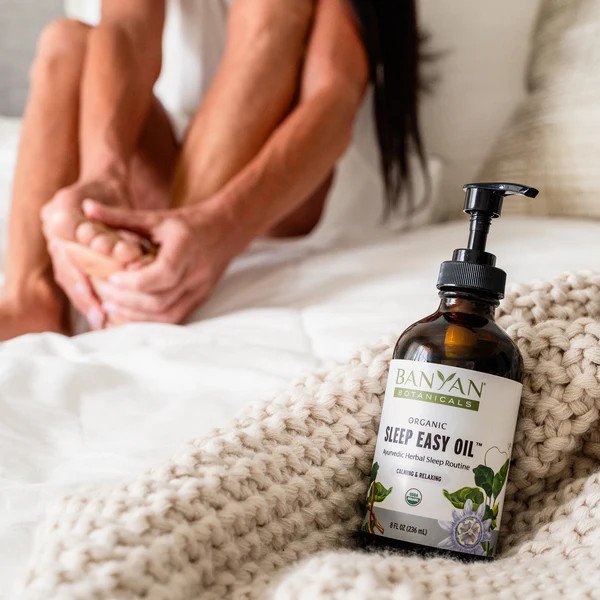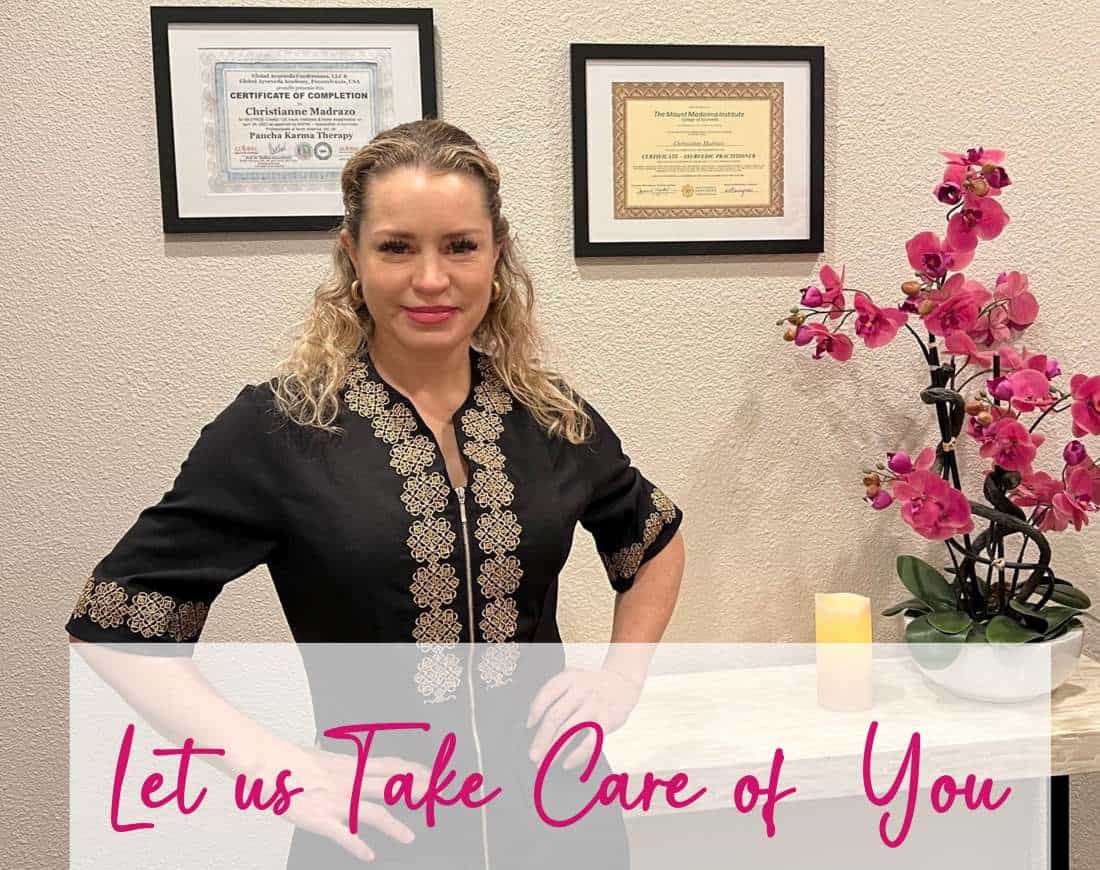
12 Nov 2025 - News
Massage Feels Great — Daily Self-Massage Feels Better
In this article you’ll discover why adding just a few minutes of focused self-touch each day gives you better, longer-lasting results than occasional professional work alone — plus simple, clear steps you can start tonight to feel calmer, move easier, and help your skin glow.
Why Daily Self-Massage Wins Where Occasional Sessions Don’t
Most people treat massage like a luxury: something to book when they have time or when tension becomes unbearable. A professional massage is wonderful — hands-on work from a trained person can release deep knots and reset muscle tone. But professional sessions are intermittent. The body changes every day: posture, stress, sleep, and small injuries accumulate. That’s where daily self-massage fills the gap.
Daily self-massage is not about replacing professionals. It’s about multiplying the benefits they give you. Think of a professional massage as a powerful reset. Self-massage is like the daily maintenance that keeps the engine running smoothly between big services. If you only reset occasionally, tightness, poor circulation, and skin dullness slowly return. If you add short daily sessions, you maintain circulation, release small knots early, and keep your nervous system more balanced.
There’s also a psychological advantage. When you touch and care for your own body, you send your brain a message: “I notice you. I will act.” That message reduces chronic stress signals and gives you better sleep, clearer thinking, and a calmer baseline. People who adopt a short daily ritual report fewer headaches, less neck and shoulder pain, and better-looking skin. Those are not just pleasant side effects — they’re meaningful quality-of-life improvements.
Daily self-massage is flexible. You can do 5 minutes on a busy morning or 15 minutes before bed. You can focus on the neck and shoulders on a heavy-screen day or on legs after a long walk. Small, targeted sessions are enough to change how you feel day-to-day. Over weeks, the body adapts: muscles become more resilient, circulation improves, and skin gets brighter because blood flow and lymph movement increase.
The Psychology Behind Touch: Why Your Brain Loves Daily Care
When you make a ritual out of self-massage — a predictable, short practice you do each day — you harness the brain’s love of routine. Habits create mental shortcuts. The more predictable the routine, the less brain energy it costs, and the more likely you are to keep doing it. That’s why the word “daily” in your title is powerful: it promises steady results, not one-off relief.
Another psychological element is control. Pain and tension often feel worse when we feel helpless. Learning to relieve your own tight spots gives you a sense of mastery. That matters. The act of taking control reduces anxiety about your body and makes you more proactive. People who practice daily self-care feel less at the mercy of their bodies and more like partners in their healing.
Finally, touch practices can become identity markers. When someone thinks of themselves as “the kind of person who cares for their body every day,” they’re more likely to choose other healthy behaviors. Self-massage is a low-cost, high-impact way to shift identity toward wellness. It’s simple, private, and effective — a practice that makes people feel both stronger and softer at once.

A Simple, Effective Self-Massage Routine You Can Do Tonight (step-by-step)
This section gives you one clear routine you can do with items at home. It’s short, easy, and targeted to deliver quick results. Tools you need: a small bottle of warm oil (olive oil, sweet almond oil, or sesame oil), a clean towel, and about 8 minutes.
Why oil? Oil reduces friction, allows smooth strokes, and helps the skin absorb nourishing lipids. If you prefer not to use oil, use lotion or apply less pressure.
8-Minute Self-Massage Routine (Neck, Shoulders, and Lower Legs)
• Set the scene (1 minute)
Sit comfortably on a chair with your feet flat on the floor. Warm 1–2 teaspoons of oil in your hands by rubbing them together. Take three slow, deep breaths to center yourself.
• Neck and shoulders (3 minutes)
Tilt your chin slightly down. Place the heels of your hands at the base of your skull, fingers pointing down the neck. Press gently and glide your hands outward along the back of the neck toward the shoulders. Repeat 6–8 times with steady, firm pressure — enough to feel tension but not pain. Next, using your thumbs, find the base of the neck on each side and press in small circular motions for 10–12 seconds. Finish with broad strokes from neck to shoulder to encourage blood flow.
• Lower legs (3 minutes)
Sit with one leg extended slightly. Use both hands to move from the ankle upward toward the knee in firm strokes (like milking the muscle). Repeat 8–10 times. On the calf muscle, use your thumbs to press along the sides, applying hold-and-release pressure for 5–8 seconds at a time over any tight spots. Repeat on the other leg.
• Close and settle (1 minute)
Finish with gentle, full-body breaths. Place your hands over your abdomen and breathe deeply 3 times, feeling the calming effect. Dab excess oil with the towel if needed.
Do it 3–5 times per week to start; aim for daily once it becomes easy.
Turning a Short Routine Into a Lasting Habit (so it really changes your life)
• If you want real change, consistency beats intensity. A single great massage feels amazing, but a short daily practice changes the landscape of your life. Habit formation is about cues, routines, and rewards. Use that cycle to make self-massage automatic.
• Make the reward immediate. The brain learns from rewards. The fast reward here is how your body feels: less stiffness, a calmer breath, or warmer, smoother skin. Make a habit of noticing these improvements right after the practice. Say to yourself, “That felt calmer,” or “My neck is looser.” That short recognition strengthens the habit loop.
• Track progress. Put a small calendar on your bathroom mirror and mark the days you do the routine. Seeing a chain of marks motivates you to keep it going. Or use your phone — a one-tap check-in works. Don’t aim for perfection; aim for momentum.
• Elevate identity. Think of yourself as someone who cares for their body daily. Identity change is powerful — it shifts choices automatically. When you see yourself as a daily caregiver of your own body, other healthy choices follow.
Conclusion — Your Next Step Toward Better Days
Daily self-massage is a small, powerful act that turns occasional relief into lasting change. It’s simple, low-cost, and available to you tonight. Start with the 8-minute routine above, keep it short and consistent, and notice the steady improvements in how you move, sleep, and look.
Christianne Madrazo. Certified Ayurvedic Practitioner, graduate of Mount Madonna Institute, College of Ayurveda in California, helps people build simple daily routines—like this smoothie—that fit your life and your body. Book a short, friendly consult, and she will tailor diet tips to your unique needs.
AyurVida Wellness and Clinic is located in Mission Hills, San Diego, CA.
FOR ASSISTANCE TEXT 619-637-0201
If our article has nourished your soul, consider supporting this shared journey so it can blossom and reach others. |

CONTACT US
PHONE:
619-291-6614
For immediate assistance:
TEXT 619-637-0201
ADDRESS:
1611 West Lewis San Diego CA 92103
